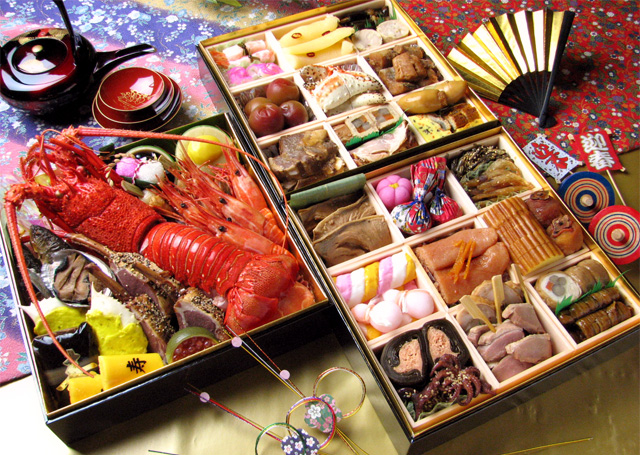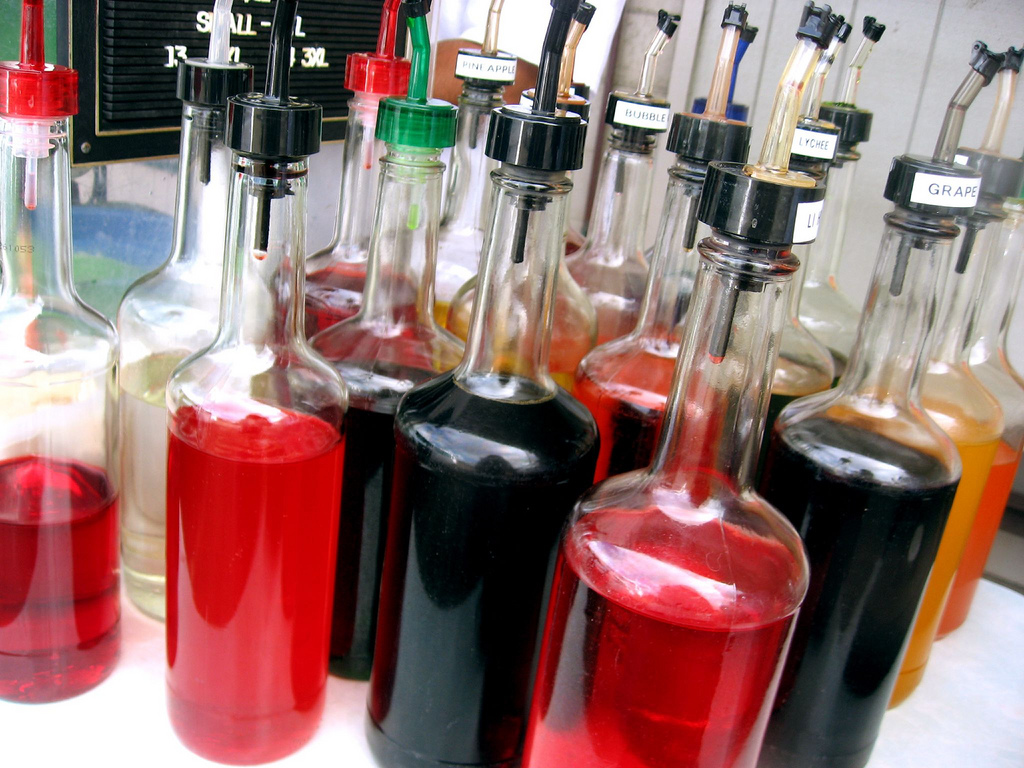|
Zunda-mochi
Zunda-mochi (ずんだ餅) is type of Japanese confectionary popular in northeastern Japan. It is sometimes translated as "green soybean rice cake." It generally consists of a round cake of short-grained glutinous rice with sweetened mashed soybean paste on top. In some varieties, the green soybean paste entirely covers the white rice cake. In all cases, immature soybeans known as edamame are used. A closely related product is "kurumi-mochi", which uses walnuts instead of soybeans. Etymology There are various theories about how the term ''zunda-mochi'' arose. According to one theory, the word ''zunda'' traces its roots to ''zuda'' (), which refers to "bean-mashing." Another theory suggests that ''zuda'' is derived from the ''jindachi'' sword of the famous warlord Date Masamune, who reputedly mashed beans with his sword during the Warring States period. A third theory holds that a farmer named Jinta came up with the idea for this dish. Reputedly, the warlord Date Masamune ... [...More Info...] [...Related Items...] OR: [Wikipedia] [Google] [Baidu] |
Edamame
is a preparation of immature soybeans in the pod, found in cuisines with origins in East Asia. The pods are boiled or steamed and may be served with salt or other condiments. In Japan, they are usually blanched in 4% salt water for 5 minutes. When the beans are outside the pod, the term mukimame is also sometimes used in Japanese. Edamame are a common side dish in washoku and as an appetizer to alcoholic beverages such as beer or shōchū. As an ingredient Edamame are found in both sweet and savory dishes such as takikomi gohan, tempura, and zunda-mochi. Name In Japan, the name ''edamame'' is commonly used to refer to the dish. It literally means "stem beans" (枝 ''eda'' = "branch" or "stem" + 豆 ''mame'' = "bean"), because the beans were often sold while still attached to the stem. In China and Taiwan, ''maodou'' is used commonly to refer to the dish, which literally means "fur peas" (毛 ''mao'' = "fur" + 豆 ''dou'' = "bean"). History Soybeans were first cultiva ... [...More Info...] [...Related Items...] OR: [Wikipedia] [Google] [Baidu] |
Japan
Japan ( ja, 日本, or , and formally , ''Nihonkoku'') is an island country in East Asia. It is situated in the northwest Pacific Ocean, and is bordered on the west by the Sea of Japan, while extending from the Sea of Okhotsk in the north toward the East China Sea, Philippine Sea, and Taiwan in the south. Japan is a part of the Ring of Fire, and spans an archipelago of 6852 islands covering ; the five main islands are Hokkaido, Honshu (the "mainland"), Shikoku, Kyushu, and Okinawa. Tokyo is the nation's capital and largest city, followed by Yokohama, Osaka, Nagoya, Sapporo, Fukuoka, Kobe, and Kyoto. Japan is the eleventh most populous country in the world, as well as one of the most densely populated and urbanized. About three-fourths of the country's terrain is mountainous, concentrating its population of 123.2 million on narrow coastal plains. Japan is divided into 47 administrative prefectures and eight traditional regions. The Greater Tokyo Ar ... [...More Info...] [...Related Items...] OR: [Wikipedia] [Google] [Baidu] |
Japan Post
was a Japanese statutory corporation that existed from 2003 to 2007, offering postal and package delivery services, Retail banking, banking services, and life insurance. It's the nation's largest employer, with over 400,000 employees, and runs 24,700 post offices throughout Japan. One third of all Japanese government employees work for Japan Post. As of 2005, the President of the company was Masaharu Ikuta, formerly Chairman of Mitsui O.S.K. Lines, Mitsui O.S.K. Lines Ltd. Japan Post ran the world's largest postal savings system and is often said to be the largest holder of personal savings in the world: with ¥224 Trillion (short scale), trillion ($2.1 trillion) of household assets in its ''yū-cho'' savings accounts, and ¥126 trillion ($1.2 trillion) of household assets in its ''kampo'' life insurance services; its holdings account for 25 percent of household assets in Japan. Japan Post also holds about ¥140 trillion (one fifth) of the Japanese national debt in the form of ... [...More Info...] [...Related Items...] OR: [Wikipedia] [Google] [Baidu] |
Japanese Cuisine
Japanese cuisine encompasses the regional and traditional foods of Japan, which have developed through centuries of political, economic, and social changes. The traditional cuisine of Japan ( Japanese: ) is based on rice with miso soup and other dishes; there is an emphasis on seasonal ingredients. Side dishes often consist of fish, pickled vegetables, and vegetables cooked in broth. Seafood is common, often grilled, but also served raw as sashimi or in sushi. Seafood and vegetables are also deep-fried in a light batter, as '. Apart from rice, a staple includes noodles, such as soba and udon. Japan also has many simmered dishes, such as fish products in broth called , or beef in and . Historically influenced by Chinese cuisine, Japanese cuisine has also opened up to influence from Western cuisines in the modern era. Dishes inspired by foreign food—in particular Chinese food—like ramen and , as well as foods like spaghetti, curry and hamburgers, have been adapted ... [...More Info...] [...Related Items...] OR: [Wikipedia] [Google] [Baidu] |
Japanese Rice
Japanese rice refers to a number of short-grain cultivars of Japonica rice including ordinary rice (''uruchimai'') and glutinous rice (''mochigome''). Ordinary Japanese rice, or ''uruchimai'' ( 粳米), is the staple of the Japanese diet and consists of short translucent grains. When cooked, it has a sticky texture such that it can easily be picked up and eaten with chopsticks. Outside Japan it is sometimes labeled sushi rice, as this is one of its common uses. It is also used to produce sake. Glutinous rice, known in Japan as ''mochigome'' ( もち米), is used for making mochi ( 餅), Okowa, and special dishes such as sekihan. It is a short-grain rice, and can be distinguished from ''uruchimai'' by its particularly short, round, opaque grains, its greater stickiness when cooked, and firmer and chewier texture. Cultivation Contemporary cultivation of rice in Japan is characterized by high mechanization, intense cultivation, and a shortage of farmland. Terraced rice fields cov ... [...More Info...] [...Related Items...] OR: [Wikipedia] [Google] [Baidu] |
List Of Legume Dishes
This is a list of legume dishes. A legume is a plant in the family Fabaceae (or Leguminosae), or the fruit or seed of such a plant. Legumes are grown agriculturally, primarily for their food grain seed (e.g. beans and lentils, or generally pulse), for livestock forage and silage, and as soil-enhancing green manure. Legume dishes 0–9 * * A * * * * B * * * * * * * * * * * * * * * * * * * C * Callos * Caparrones * Cassoulet * Chana masala * Chapea * Cholent * Chili con carne * Chole bhature * Ciceri e Tria * Cocido lebaniego * Cocido madrileño * Cocido Montañés * Cowboy beans D * * * * * * * * * * E * F * * * * * * * * * * G * * * * * * * H * * J * * K * * * * * * * * L * * * * * M * * * * * * * * * * N * O * P * * * * * * * * * * * * * * * * R * * * * * * * * * * * S * * * * * * * T * * * * U * * V * W * Y * ... [...More Info...] [...Related Items...] OR: [Wikipedia] [Google] [Baidu] |
Hanabiramochi
is a Japanese sweet (''wagashi''), usually eaten at the beginning of the year. Hanabiramochi are also served at the first tea ceremony of the new year. Origin The name "hanabiramochi" literally means "flower petal mochi". The original form of Hanabiramochi is ''Hishihanabira'', a dessert that was eaten by the Imperial family at special events coinciding with the beginning of the year. ''Hanabiramochi'' was first made in the Meiji Era (8 September 1868 – 30 July 1912), but it is now a familiar New Year ''wagashi''. Form The exact shape of ''hanabiramochi'' is strictly defined by tradition. The white ''mochi'' covering is flat and round, folded over to form a semicircular shape, and must have a pink color showing through in the center of the confection, fading to a white at the edge. Unlike a ''daifuku'', the ''mochi'' must not completely seal the insides. In the center of a ''hanabiramochi'' is a layer of '' anko'', a sweet bean paste, commonly the white kind made from sweete ... [...More Info...] [...Related Items...] OR: [Wikipedia] [Google] [Baidu] |
Hishi Mochi
is a symbolic Japanese sweet associated with the Hinamatsuri "Girl's Day" festival, which coincides with the calendar date for Xiuxi (上巳). The sweet is diamond shapes and typically formed from three layers of red (pink), white, and green mochi, from top to bottom. Depending on region, yellow may be substituted for red, or the sweet may have 5 or 7 layers instead. It is usually presented with hina dolls. The shape is believed to have originated in the Edo period, and to be a representation of fertility. Colors The red of the mochi are derived from fruits of ''Gardenia jasminoides'' (山梔子), and is symbolic of peach flowers. The white is made from the water caltrop (菱, hishi), and represents the snow and its cleansing effects. Finally, the green is from '' Gnaphalium affine'' (ハハコグサ) or mugwort{{Cite book, last1=Kader, first1=Jean-Claude, url=https://books.google.com/books?id=S8yqjc7Ml68C&dq=Hishi+mochi&pg=PA390, title=Advances in Botanical Research, last2=Del ... [...More Info...] [...Related Items...] OR: [Wikipedia] [Google] [Baidu] |
Mochi
is a Japanese rice cake made of , a short-grain japonica glutinous rice, and sometimes other ingredients such as water, sugar, and cornstarch. The rice is pounded into paste and molded into the desired shape. In Japan, it is traditionally made in a ceremony called . While eaten year-round, mochi is a traditional food for the Japanese New Year, and is commonly sold and eaten during that time. Mochi is a multicomponent food consisting of polysaccharides, lipids, protein, and water. Mochi has a heterogeneous structure of amylopectin gel, starch grains, and air bubbles. The rice used for mochi has a negligible amylose content and a high amylopectin level, producing a gel-like consistency. The protein content of the japonica rice used to make mochi is higher than that of standard short-grain rice. Mochi is similar to , but is made by pounding grains of rice, while dango is made with rice flour. History The process of steaming glutinous rice and making it into a paste ... [...More Info...] [...Related Items...] OR: [Wikipedia] [Google] [Baidu] |
Milkshake
A milkshake (sometimes simply called a shake) is a sweet beverage made by blending milk, ice cream, and flavorings or sweeteners such as butterscotch, caramel sauce, chocolate syrup, fruit syrup, or whole fruit into a thick, sweet, cold mixture. It may also be made using a base made from non-dairy products, including plant milks such as almond milk, coconut milk, or soy milk. Milkshakes originated in the United States around the turn of the 20th century, and grew in popularity following the introduction of electric blenders in the subsequent two decades. They became a common part of youth popular culture, as ice cream shops were a culturally acceptable meeting place for youth, and milkshakes became symbolic of the innocence of youth. Preparation Full-service restaurants, ice cream shops, soda fountains, and diners usually prepare the shake in a milkshake machine. At home, a blender is more commonly used. Milkshakes may be made from any flavor of ice cream; additional ... [...More Info...] [...Related Items...] OR: [Wikipedia] [Google] [Baidu] |
Shaved Ice
Shaved ice is a large family of ice-based desserts made of fine shavings of ice or finely crushed ice and sweet condiments or syrups. Usually, the syrup is added after the ice has been frozen and shaved—typically at the point of sale; however, flavoring can also be added before freezing. The dessert is consumed worldwide in various forms and ways. Shaved ice can also be mixed with large quantities of liquid to produce shaved ice drinks. Many shaved ices are confused with " Italian ice", which is derived from the similar Italian dessert known as " granita". However, Italian ice, also known as "water ice", often has the flavoring (fruit juice or other ingredients, like almond) incorporated into the sugared water before it is frozen. Shaved ice—especially highly commercial shaved ice (such as that found in food chains or from street vendors)—is often flavored after the ice has been frozen and shaved. Snow cones are an example of shaved ice that is flavored after production. H ... [...More Info...] [...Related Items...] OR: [Wikipedia] [Google] [Baidu] |
.jpg)






